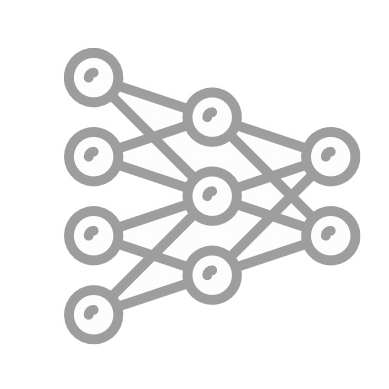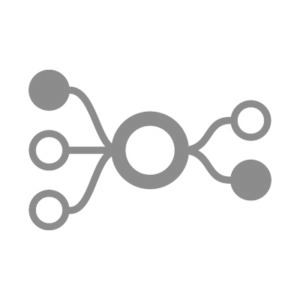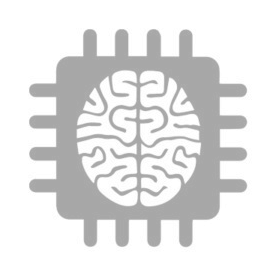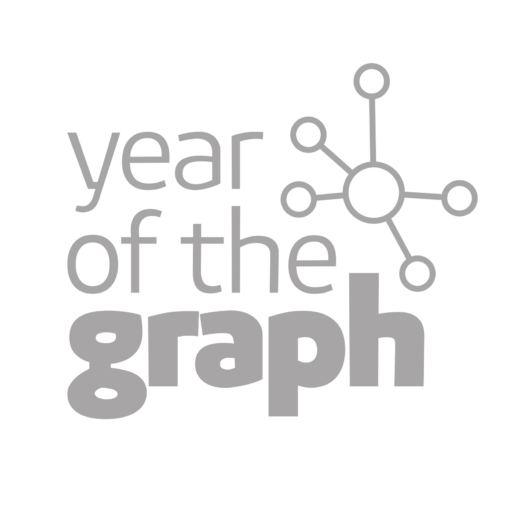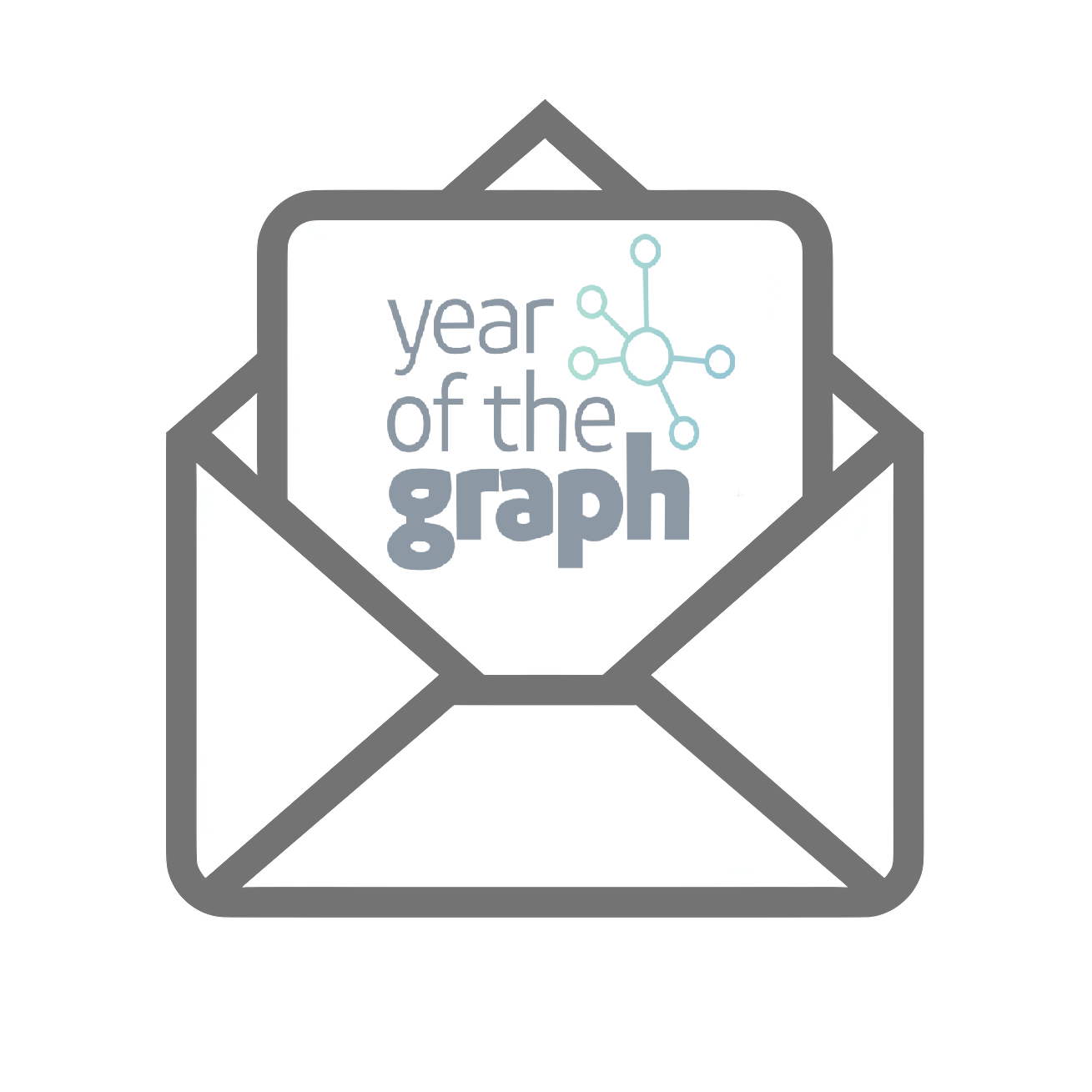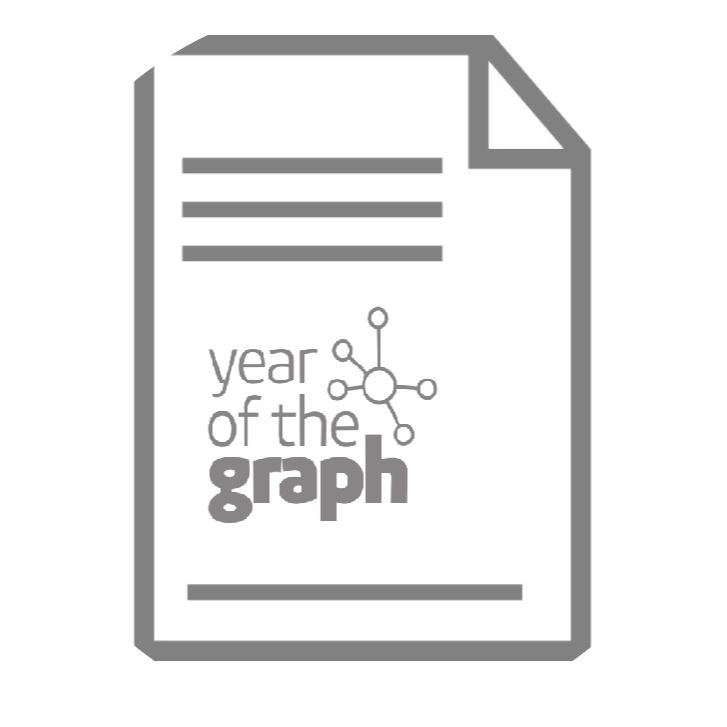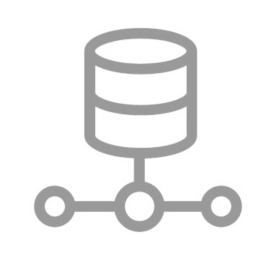
Graph Databases
Graph databases have the ability to model data as a graph, fully supporting CRUD (Create, Read, Update Delete) operations with an API and query language.
The meteoric rise of Graph Databases
Graph databases have been around for almost 20 years, but the attention they have been getting since 2017 is off the charts.
AWS and Microsoft moving in the domain, with Neptune and Cosmos DB respectively, exposed graph databases to a wider audience.
This hitherto niche domain has been the hottest in data management since then.
Besides trends, however, there are real reasons why graph databases are interesting, and real use cases they can help with.
To quote Gartner: “The application of graph processing and graph DBMSs will grow at 100 percent annually through 2022 to continuously accelerate data preparation and enable more complex and adaptive data science. Graph data stores can efficiently model, explore and query data with complex interrelationships across data silos”.
What is a graph database?
It is important to define what a graph database is and what it is not.
There is a difference between graph analytics and graph databases.
Graph analytics can be performed on any back end, as they only require reading graph-shaped data.
Graph databases have the ability to model data as a graph, fully supporting CRUD (Create, Read, Update Delete) operations with an API and query language.
What use cases are graph databases suitable for?
Leveraging connections in data is a prominent way of getting value out of data. Graph is the best way of leveraging connections.
This is why graph databases excel in use cases that require leveraging connections in data: Anti-fraud, Recommendations, Customer 360 or Master Data Management.
From operational applications to Analytics, and from Knowledge Graphs and Data Integration to Machine Learning, graph gives you an edge.
How do you choose a graph database?
The major choice when it comes to graph databases is the one regarding graph data models.
LPG (Labeled Property Graph) and RDF (Resource Description Framework) are the two main options.
Databases utilizing each tend to have specific characteristics, making them more suitable for specific use cases.
This is a nuanced topic. For a deeper dive, we recommend reading the Year of the Graph Database Report.
Explore Graph Database resources
